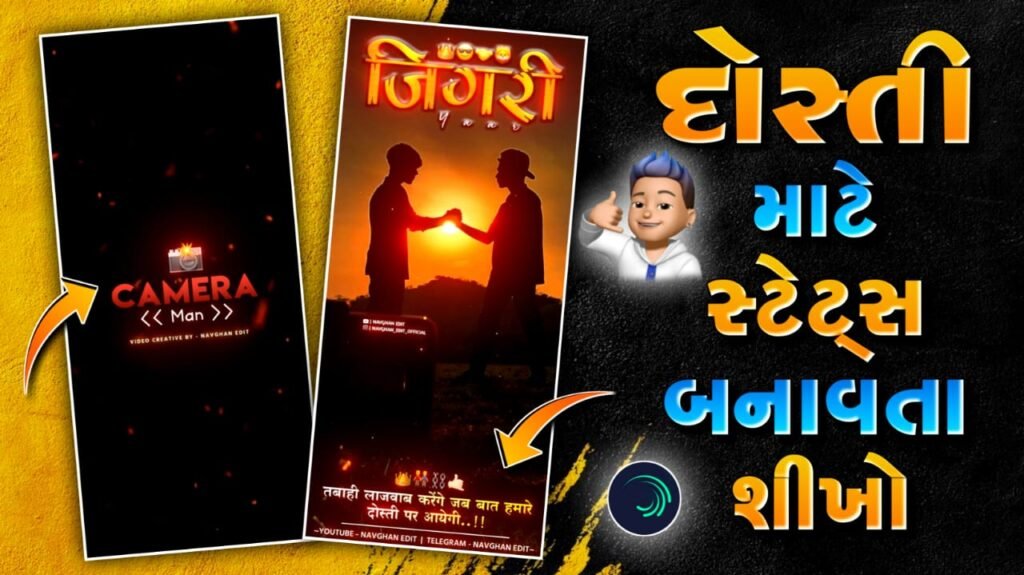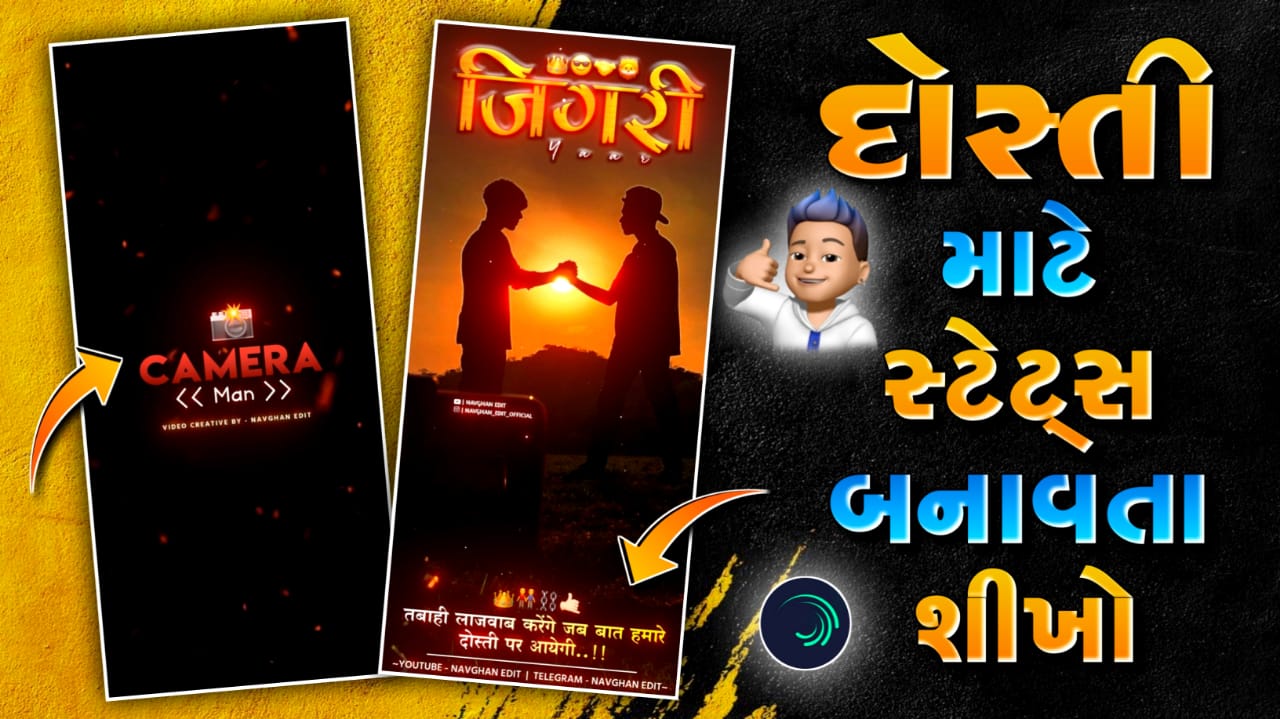Upma Recipe

Introduction
Upma is a quintessential South Indian dish that has been cherished for generations. This versatile and flavorful dish is made from semolina (also known as sooji or rava) and a variety of spices and vegetables. Whether enjoyed as a hearty breakfast, a comforting evening snack, or a light dinner, Upma is a staple in South Indian households and has gained popularity across India and beyond.
In this comprehensive we will explore the origins, ingredients, step-by-step preparation, and variations of Upma. By the end of this journey, you’ll be equipped with the knowledge and skills to prepare Upma that’s not only delicious but also a true reflection of South Indian culinary tradition.
The History of Upma
Upma has a long and storied history that dates back to ancient India. Its origins can be traced to the southern regions of the Indian subcontinent, particularly Tamil Nadu and Karnataka. Over time, Upma spread across the country, with each region putting its own spin on the dish. Today, it is a beloved comfort food that transcends regional boundaries and is enjoyed by people of all backgrounds.
Ingredients
For the Upma:
- 1 cup semolina (sooji or rava)
- 2 tablespoons vegetable oil or ghee
- 1 teaspoon mustard seeds
- 1 teaspoon urad dal (split black gram)
- 1 teaspoon chana dal (split chickpeas)
- 1/2 teaspoon cumin seeds
- 8-10 curry leaves
- 2-3 green chilies, finely chopped (adjust to taste)
- 1 medium-sized onion, finely chopped
- 1/2 cup mixed vegetables (carrots, peas, bell peppers, beans, etc.), finely chopped
- 1/4 cup roasted peanuts (optional)
- Salt to taste
- A pinch of asafoetida (hing)
- 2-3 cups water
- Fresh coriander leaves, chopped, for garnish
- Freshly grated coconut, for garnish (optional)
- Lemon wedges, for serving
For the Upma Masala (optional):
- 1/2 teaspoon turmeric powder
- 1/2 teaspoon red chili powder (adjust to taste)
- 1/2 teaspoon garam masala
- A pinch of hing (asafoetida)
Instructions
Preparing the Semolina (Rava):
- Heat a dry skillet or pan over medium-low heat.
- Add the semolina to the skillet and dry roast it, stirring constantly. Roast the semolina until it turns aromatic and changes color to a light golden brown. This should take about 5-7 minutes. Be cautious not to over-roast it, as it can turn bitter.
- Remove the roasted semolina from the skillet and transfer it to a plate. Let it cool while you prepare the other ingredients.
Preparing the Upma:
- In a large, heavy-bottomed pan or kadai, heat the vegetable oil or ghee over medium heat.
- Add the mustard seeds and allow them to splutter.
- Add the urad dal and chana dal. Sauté until they turn golden brown.
- Add the cumin seeds, chopped green chilies, and curry leaves. Sauté for a minute until they become aromatic.
- Add the finely chopped onions and a pinch of salt. Sauté the onions until they become translucent.
- Stir in the mixed vegetables and continue to sauté for another 2-3 minutes until they start to soften.
- If you’re using roasted peanuts, add them to the pan.
- Reduce the heat to low and slowly add the roasted semolina to the pan while stirring continuously. This prevents lumps from forming.
- Continue to cook the semolina and vegetable mixture for 2-3 minutes, allowing the semolina to absorb the flavors and turn slightly golden.
- Meanwhile, in a separate pot, heat 2-3 cups of water until it comes to a boil.
- Slowly pour the boiling water into the semolina mixture, stirring vigorously to combine. Be careful as it may splutter.
- Add salt and a pinch of asafoetida (hing) to the mixture. Mix well.
- If you’re using Upma masala, add it at this stage: turmeric powder, red chili powder, garam masala, and a pinch of hing.
- Cover the pan with a lid and let the Upma simmer on low heat for 4-5 minutes. This allows the semolina to cook and absorb the flavors.
- Check the consistency of the Upma. If it’s too thick, you can add more hot water and stir to reach your desired consistency.
- Garnish the Upma with freshly chopped coriander leaves and freshly grated coconut if desired.
- Serve the Upma hot with lemon wedges on the side.
Serving Suggestions:
- Upma can be served as a standalone dish or paired with coconut chutney, tomato chutney, or sambar.
- It pairs wonderfully with a cup of hot South Indian filter coffee or masala tea.
Tips and Variations
Tips for Perfect Upma:
- Roasting the semolina is crucial for achieving the right texture and flavor. Make sure it’s evenly roasted to a light golden brown.
- You can customize the vegetables in Upma based on your preferences. Common choices include carrots, peas, bell peppers, beans, and even tomatoes.
- Adjust the spiciness of your Upma by controlling the number of green chilies and the amount of red chili powder used.
- Freshly grated coconut and lemon wedges add a burst of freshness and flavor to Upma. Don’t skip them if you enjoy these garnishes.
Variations:
- Vegetable Upma: This is the classic version of Upma that includes a mix of vegetables, making it nutritious and colorful.
- Tomato Upma: Add chopped tomatoes to the Upma for a tangy twist. You can also use tomato puree.
- Rava Khichdi: Similar to Upma but with a slightly different seasoning, rava khichdi includes a mix of dal and vegetables for added flavor and nutrition.
- Karnataka Style Upma: In Karnataka, Upma is often prepared with a generous amount of ghee and garnished with fried cashews and grated coconut.
- Poha Upma: Replace semolina with flattened rice (poha) for a different texture and flavor.
Conclusion
Upma is more than just a dish; it’s a cultural heritage that has stood the test of time, evolving and adapting to different tastes and preferences. By following this comprehensive you’ve embarked on a journey to master the art of making Upma, from its historical roots to its delightful flavors. Whether you’re enjoying it as a comforting breakfast, a quick snack, or a light dinner, Upma will continue to be a cherished part of your culinary repertoire. So, gather your ingredients, ignite your creativity, and savor the simplicity and versatility of this iconic South Indian dish.



